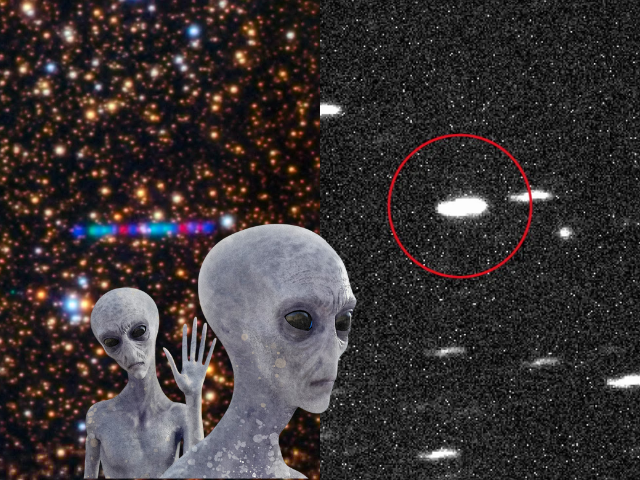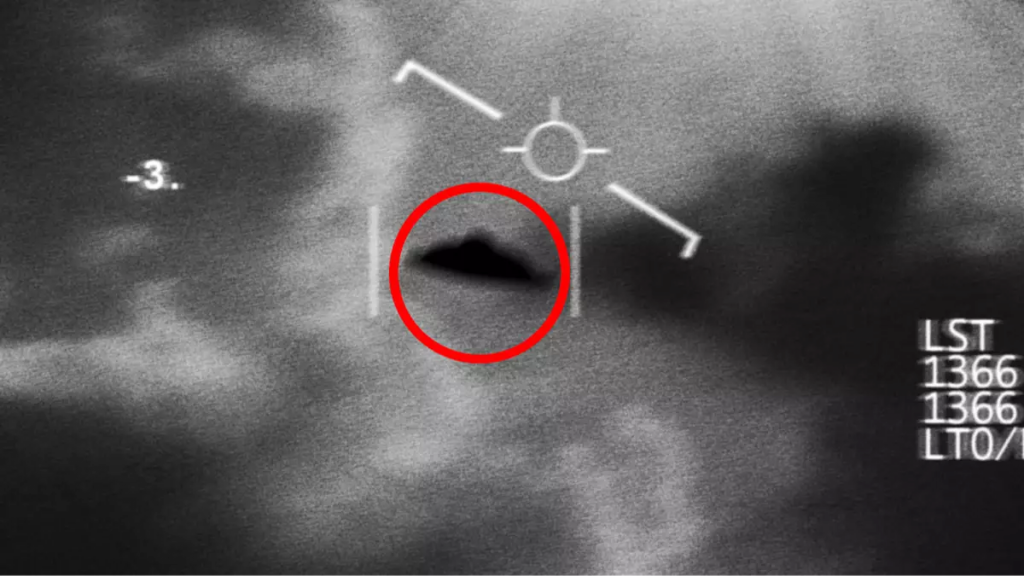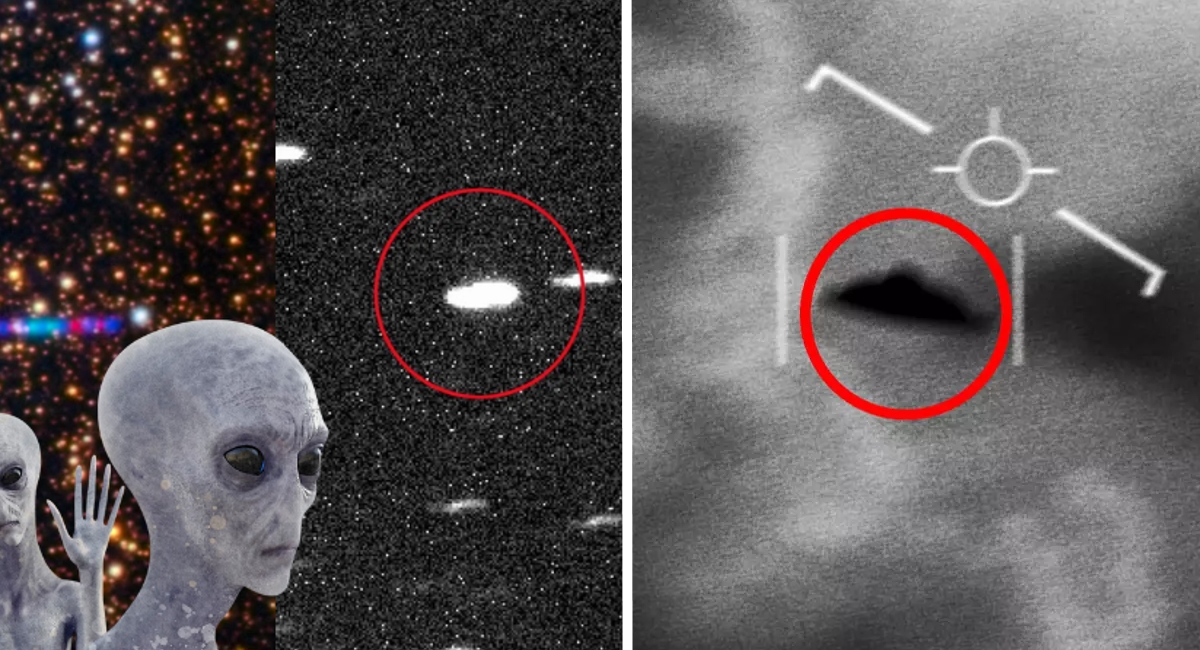A controversial new study by Harvard astrophysicist Avi Loeb and his colleagues Adam Hibberd and Adam Crowl proposes that the interstellar object **3I/ATLAS**, discovered on July 1, may not be a comet—but rather **hostile alien technology** on a trajectory that could bring it near Earth before year-end as Live Science reported.
Traveling at over 130,000 mph, this object’s **speed and unusual trajectory near Mars, Venus, and Jupiter** prompted the team to suggest it could be strategically designed for reconnaissance—or even attack. They propose that its upcoming perihelion in **late November**, when it will pass behind the Sun from Earth’s perspective, might shield secret operations from Earth-based telescopes according to their dramatic hypothesis.

“A ‘possibly hostile’ alien threat could wreak havoc on our home planet before the end of the year.”
The study, published July 16 on **arXiv** and not yet peer-reviewed, frames much of its speculation as a “pedagogical exercise”—yet warns that the consequences **could be dire for humanity** if its cosmic object is indeed artificial and potentially aggressive as UNILAD tech coverage emphasized.
Despite the sensational tone, senior astronomers like Samantha Lawler and Chris Lintott have strongly rejected the alien probe theory, calling it “nonsense” and pointing out that observational data so far squares with **ordinary cometary behavior**. Many emphasize that **all available evidence supports a natural origin**, possibly a 7.6 billion-year-old comet passing through the solar system as critics and peer commentary noted.
“Any suggestion that it’s artificial is nonsense on stilts, and is an insult to the exciting work going on to understand this object.”
The object’s size—estimated at 10 to 15 miles across, larger than Manhattan—and its high velocity add to the intrigue. The authors propose that its corridor near major planets mimics stealth trajectories ideal for placing covert surveillance “gadgets” around them—though no such devices have been observed as detailed by The New York Post.
The report even links its speculation to the “Dark Forest hypothesis,” which argues advanced civilizations may hide to avoid predatory others—a model framing the universe as inhabited by stealthy, potentially hostile observers as described by Loeb’s team.
Loeb himself hedged the theory: he acknowledges that “by far, the most likely outcome” is that 3I/ATLAS is a completely natural interstellar comet, not alien tech. He further treats the hypothesis as speculative but testable, urging caution before jumping to conclusions as he wrote openly in his blog.

As the object heads toward the inner solar system, scientists are monitoring it for signs of propulsion, unexpected trajectory shifts, or radio transmissions. None have been detected yet, reinforcing the consensus that no credible evidence of technology supports the alien probe narrative per recent scientific commentary.
The story has reignited debate about scientific responsibility, sensationalism, and the fine line between imaginative theory and fact. Critics argue that such speculative papers may distract from legitimate astronomical research on new interstellar visitors like ʻOumuamua and 3I/ATLAS, which hold valuable insights into cosmic origins as many astronomers caution.
Meanwhile, the public reaction ranges from fascination to alarm. Social media and discussion boards are buzzing with theories—some urging planetary defense initiatives, others mocking the alarmist tone. A few users share climate-change memes about warming oceans and rising alien threats, highlighting how quickly speculation spreads in the information age.
Whether 3I/ATLAS proves to be a benign comet or something more unsettling, the unfolding story spotlights humanity’s need for better planetary defense preparedness and greater scientific literacy. If nothing else, it’s a lesson in scientific humility: before preparing defenses, gather more data.








